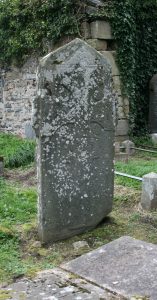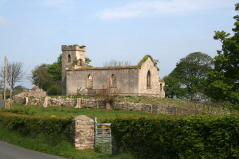School records are very useful for tracing ancestors. Examining the data on school attendance gives us a picture of societal development. In 1839 the Commissioners for Education reported on pupil, school and teacher statistics.
In that year there were 20 National Schools in the Inishowen Peninsula, attended by 3226 pupils. At a frightening 1:134 teacher:pupil ratio there were just 24 teachers to attend to the educational needs of the school-goers. It appears that one teacher was deemed sufficient to look after the needs of up to roughly 200 pupils as there were just a few examples of schools with more than one teacher and less than this number of pupils.
The school with the greatest number of pupils in Inishowen in 1839 was Cockhill outside the town of Buncrana with 210 students and two teachers.
In that year teaching was very much a male dominated occupation as just 4 of the 24 teachers were female. The gender balance wasn’t just restricted to the teaching profession as the school attendance was very much skewed in the favour of the male population. 69,7% of the school-goers were male.
Wind the clock forward 6 years to 1848 right in the middle of the Great Famine and there had been dramatic changes in the intervening years.
The number of schools had more than doubled to 48 with school attendance now at 5662 up 43%. There had been a 26% improvement in the teacher pupil ratio which now stood at 1:99, still frightening by today’s standards. In 1848 there were three new positions – those of Assistant, Needlework Mistress and Mentor noted in the survey.
The interesting and significant change in the past 6 years was the fact that the gender balance had been corrected. The student population was now split 50:50 with 2848 male and 2814 female pupils. A partial correction was also noted in the teaching population. Of the 57 teachers, 26% or 15 were now female.
A sad reflection was that the largest student population was recorded in the Inishowen Workhouse in Donagh with 357 pupils.
The data tables can be downloaded by following the links below:
Pupils x National School 1839
Pupils x National School 1848
Ref : “The Fifteenth Report of the Commissioners of National Education in Ireland (For the year 1848)” Printed by Alexander Thom, 87 Abbey Street for Her Majesty’s Stationery Office 1849



